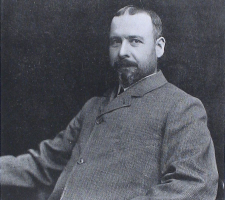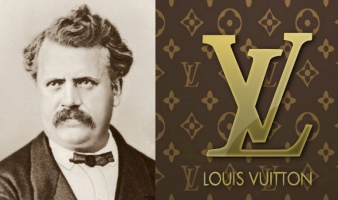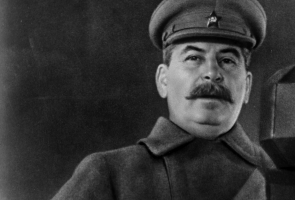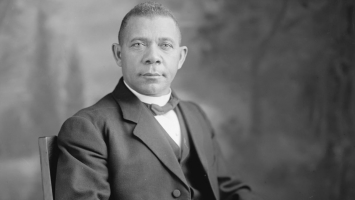Top 5 Interesting Facts about Louis Pasteur
Louis Pasteur, a French biologist, microbiologist, chemist, and devout Catholic, discovered the fundamentals of immunization, microbial fermentation, and ... read more...pasteurization. He is renowned for conducting a significant investigation into the causes of illnesses, and findings on treatments that were wreaking havoc on the world at the time. Here are the 5 interesting facts about Louis Pasteur.
-
One of the interesting facts about Louis Pasteur is that he saved the wine industry by pasteurization. Napoleon III noticed Pasteur after the germ theory and gave him a challenge involving the French wine business at the time. French wines were well-known throughout Europe but they were frequently ruined during shipping. Louis Pasteur did research on how wine is altered during the fermentation of grape juice. Because they multiplied more than the microbes required for typical alcohol fermentation, he discovered that all of these alterations were brought on by "parasitic" organisms. In order to prevent occurrences of product deterioration, he advised winemakers to use only clean sources of microbes, not mixed with parasitic organisms. Pasteur's research on bacteria and wine showed a cause-and-effect connection between bacteria and the fermentation of wine into vinegar. He subsequently developed a method for killing bacteria by heating wine to between 60 and 100 degrees Celsius, then allowing it to cool.
On April 20, 1862, Pasteur carried out the first successful test. Later, he patented the process that is now known as pasteurization. It was quickly used to pasteurize beer, juice, eggs, and (most famously) milk. The majority of yeasts and molds were successfully eliminated utilizing this method without changing the product's phase. Additionally, He suggests sterilizing the juice solution for use in the brewing industry by heating it under pure circumstances, allowing it to cool, and then fermenting it using a pure yeast source. The moderate acidity of beer also has the effect of preventing the development of parasites later on and aiding in the beer's long-term preservation after bottling.

Photo: thewinestalker.net 
Photo: todayifoundout.com -
It is frequently claimed that he developed the first vaccination against rabies whereas Edward Jenner, an English surgeon, found immunization. In actuality, Pasteur did create a new vaccine (the first vaccine against rabies) approximately 90 years after Jenner started immunizing against smallpox. After being accepted into the French Academy Académie Française in 1882, he made the decision to pursue research about rabies as the disease rabies caused sheer terror for many people at that time. The causative agent in the case of rabies was a virus, however, the microorganism was too small to be observed with the available optical microscope.
From 1880 to 1885, Pasteur spent five years researching this disease. Pasteur anticipated that the causative agent must be in the brains and spinal cords of those who had the sickness because rabies affects the neurological system. He infected healthy people with neurological samples from rabies-infected animals (dogs, rabbits, etc.), which led to rabies symptoms in the affected animals. In order to obtain the rabies pathogen, Pasteur used the spinal cords of infected rabbits. He then cultivated this pathogen over numerous generations (the virus had not been discovered at that time, so Pasteur simply called it a "pathogen").
The pathogen that emerges from this process is significantly less virulent than the original strain of the rabies virus. Even though this virus's virulence has been reduced, it still has antigenic features that can prompt the immune system to make antibodies that can fight the disease. After much deliberation, Pasteur administered the first rabies vaccination based on this attenuated virus on July 6, 1885, to a young boy called Joseph Meister who had been bitten by a rabid dog. The trial was successful, which is a triumph for both Pasteur and modern medicine.

Photo: britannica.com 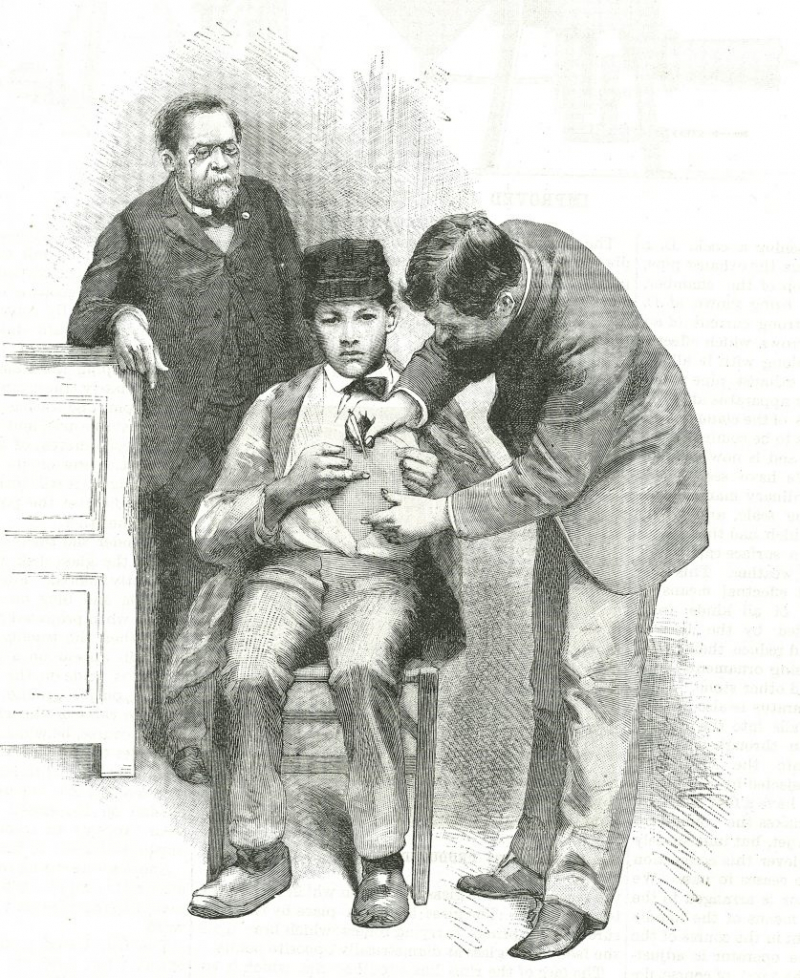
Photo: pbs.org -
One of the interesting facts about Louis Pasteur is that he prevented the spread of the silkworm illness and saved the silk industry. After being elected to the Académie des Sciences in 1862, Pasteur was appointed professor of chemistry, physics, and geology at the École des Beaux-Arts in Paris the following year. Shortly after being assigned, Pasteur focused on the French silkworm pupae dilemma. A strange sickness afflicted silkworm nurseries in the middle of the 19th century. Because the disease has spread throughout Europe and into the Caucasus region of Eurasia, China, and Japan, as well as throughout the rest of Europe, silkworm pupae cannot be produced in France or imported from other nations. By 1865, the silk industry in France and, to a lesser extent, the rest of Western Europe had been absolutely gutted.
Despite the fact that Pasteur understood very little about silkworm pupae, he agreed to the project at the urging of his former professor Dumas and embraced the chance to advance his understanding of infectious diseases. He quickly gained expertise in growing silkworm pupae and discovered the germs that cause sickness in the young silkworms. After five years of study, he developed a technique that retained healthy silkworm pupae eggs and shielded them from infection by pathogenic microbes, preserving the silk industry. This custom became well-known in Europe within a short period of time, and it is still followed in nations that produce silk today.
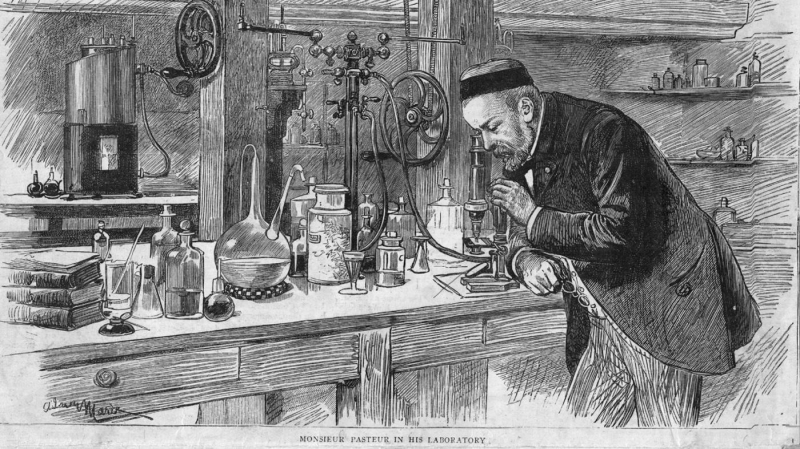
Photo: pasteurbrewing.com 
Silkworm disease -Photo: commons.wikimedia.org -
The sense that life might spontaneously develop in the past has led people to view fermentation and decay as spontaneous events. The French scientist Georges-Louis Leclerc, count de Buffon, and the English naturalist and Roman Catholic monk John Turberville Needham continued to stir controversy throughout the 18th century. Both of these individuals agreed with the idea of spontaneous generation while Italian biologist and abbot Lazzaro Spallanzani believed that life could never spontaneously emerge from nonliving matter.
He had long recognized that the continued acceptance of spontaneous generation would undermine his germ theory. Pasteur used a straightforward experimental method to get right to the point. He demonstrated how to pasteurize beef broth by boiling it in a "swan-neck flask," a long, curved vessel with a neck that could catch dust and other contaminants before they entered the body of the container. The soup eventually grew hazy and showed signs of contamination if the neck of the pot was left uncovered after the broth had been boiled. This experiment disproved the spontaneous generation theory since the boiling broth remained sterile even if it was never exposed to air. This not only resolved the philosophical conundrum surrounding the beginning of life at the time but also established a strong basis for the emerging field of bacteriology, which relies on aseptic handling and sterilizing methods.

Photo: amoebamike.wordpress.com 
Photo: pasteurbrewing.com -
One of the interesting facts about Louis Pasteur is that he established the Pasteur Institute. Pasteur suggested creating an institute for the vaccination after creating the rabies vaccine. Fundraising for the Pasteur Institute started in 1887, with contributions coming from numerous nations. The institute's formal statute, which was registered in 1887, said that its objectives were "the research of virulent and contagious diseases" and "the treatment of rabies according to the manner developed by M. Pasteur." The institute opened its doors on November 14th, 1888. He gathered researchers with different specialties. Emile Duclaux and Charles Chamberland, both Normaliens (graduates of the École Normale Supérieure), are in charge of the first five disciplines. Other leaders include biologists Ilya Ilyich Mechnikov (study of microbial morphology), doctors Jacques-Joseph Grancher (rabies), and Emile Roux (study of microbiology). Roux founded the world's first taught microbiology course, called Cours de Microbie Technique, at the institute a year after taking office. The Pasteur Institute has grown significantly since its founding in 1891 and presently comprises 32 research institutes spread across 29 nations.
The Institut Pasteur has been researching infectious diseases for nearly a century. In 1983, this Paris-based global biomedical research institution was the first to isolate HIV, the virus that causes AIDS. It has been responsible for discoveries that have allowed medical research to control diseases including diphtheria, tetanus, TB, poliomyelitis, influenza, yellow fever, and plague over the years. Ten Institut Pasteur scientists have received the Nobel Prize in medicine or physiology since 1908; the 2008 Nobel Prize in Physiology or Medicine was shared by two Pasteur scientists.

Photo: pasteur.fr 
Photo: glassdoor.co.in








